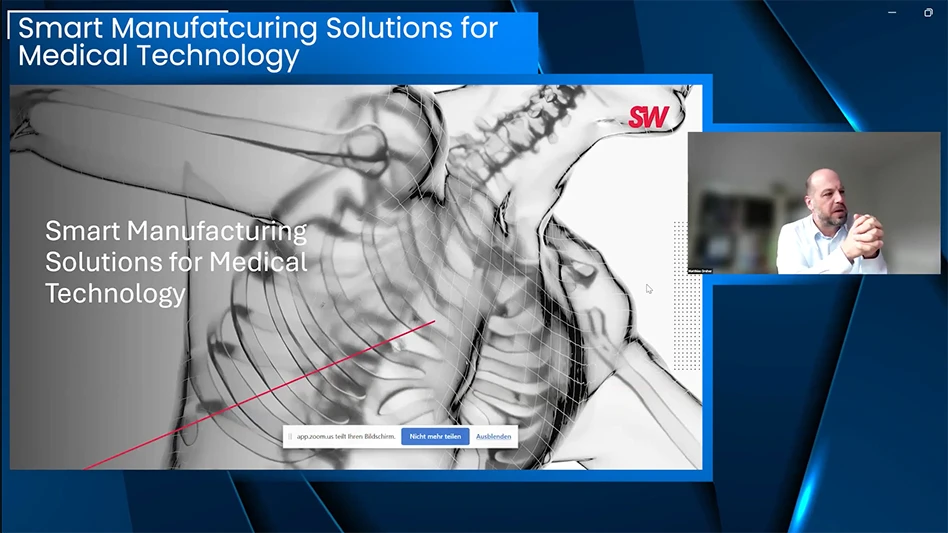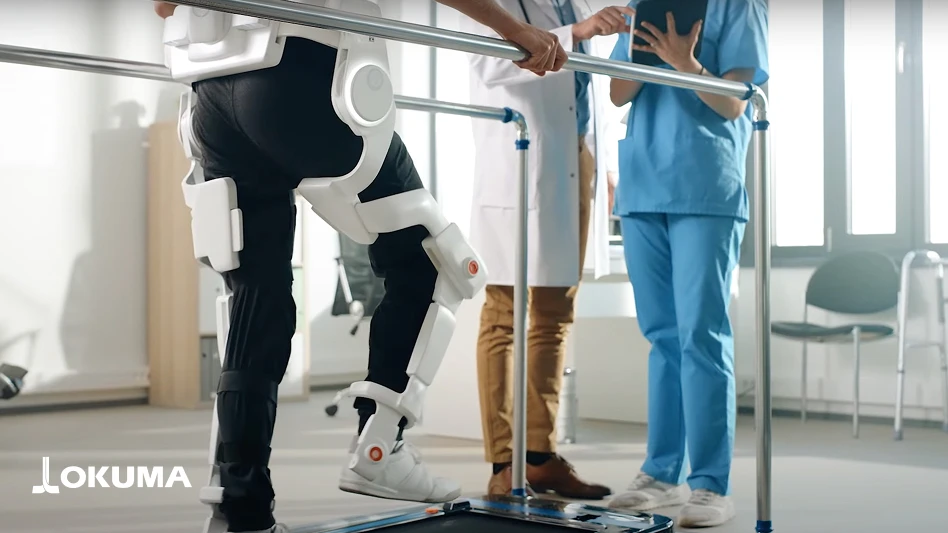
The implantable medical device WIMAGINE – which collects brain signals in the sensorimotor cortex emitted when an individual imagines moving – allows a tetraplegic patient movement by mentally controlling the exoskeleton.
A tetraplegic patient was able to walk and control both arms using a neuroprosthetic, which records, transmits, and decodes brain signals in real-time to control an exoskeleton. The results of a clinical study under the Brain Computer Interface (BCI) Project at Clinatec were published in The Lancet Neurology journal and provide proof of concept for controlling a four-limb exoskeleton. The system is driven via the long-term implant of a semi-invasive medical device to record brain activity developed at CEA in Grenoble. In the long term, this technology is expected to give greater mobility to individuals with severe motor disabilities.
Photo: (c) Juliette Treillet
Latest from Today's Medical Developments
- Precision matters
- Talking toolholding and workholding over lunch
- How accurate strength predictions will shape the future of lightweight materials
- Unpacking electric vehicle market turbulence
- TRANSOR launches new website
- Guill Tool & Engineering’s micro medical extrusion tooling
- BD announces $35 million investment in syringe manufacturing
- Explore the advanced features of BEHRINGER's HBE663A Dynamic horizontal bandsaw










